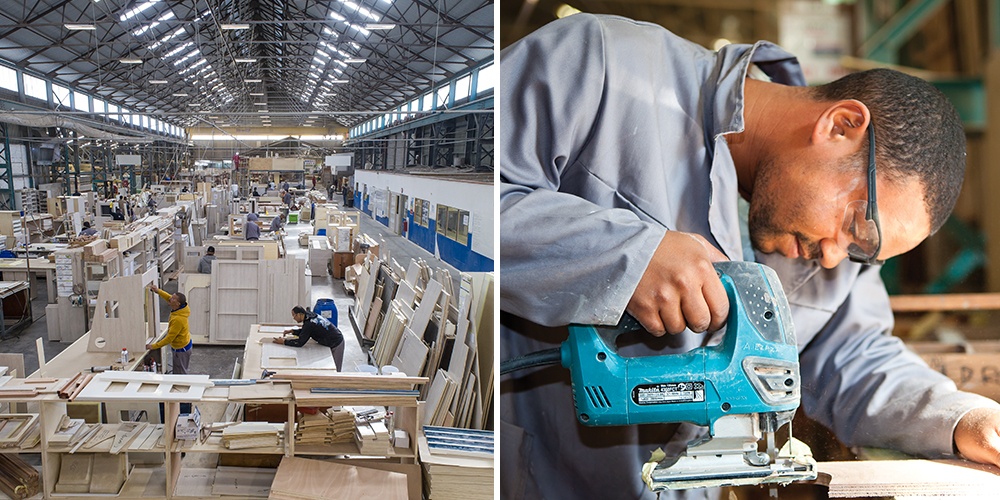Whether is it pure curiosity or whether you intend to own a catamaran, you have without a doubt wondered how they are constructed and the materials that are used to build them. It is the unique process and high quality materials that we use to construct our boats that give them a reputation for being solidly built, sea-worthy yachts.
Why we use balsa
The material of our hulls is GRP isophthalic polyester balsa sandwich and they are constructed by manual contact and vacuum bagging. We use balsa because balsa cored hulls ensure the maximum sheer and impact resistance resulting in a light and durable laminate for dynamic weight carrying capacity and excellent motion reaction of the hulls.
What about water damage?
Regarding the balsa core, you can take comfort in knowing that if there is damage, water will not permeate through the core material as the core is end-grain balsa to prevent wicking of moisture. With regards to water damage and how it relates to your accommodation plan and engine rooms, your bows and engine rooms have water tight bulkheads in case of any bow or stern damage to your Leopard Catamaran. For a testament to the safety and the build quality of Leopard, check out this video of the Leopard 48 “The Amazing Marvin” having sailed over an unlit fishing farm at night. I should mention that the farm/ trap was one nautical mile away from where it was actually charted. Crews worked to extract the vessel from inside the trap, and although the yacht sustained substantial hull and other damage such as rudders and engines broken loose, no water breached the interior. “The Amazing Marvin” was fully repaired, did another Atlantic Crossing, and is still going strong.
We are often asked about the resin type and production method as it relates to concerns regarding water penetration (osmosis). Robertson & Caine uses advanced composite GRP sandwich construction with vacuum bonded E-glass and end grain Balsa core (as mentioned above) which ensures a precise resin to glass ratio. Isophthalic gel-coat and resin rich tissue are what help to prevent osmosis.
When compared to solid fiber glass, our method is sheer and impact resistant plus an excellent noise and condensation barrier.
On deck materials
On deck we have removed the core where load bearing fittings are installed. Hull/ deck and other joints are solid fiberglass. The deck fittings are backed by either solid fiberglass or encapsulated marine plywood for compression strength.
I gladly welcome anyone considering buying a yacht from Leopard Catamarans to visit the Robertson & Caine factory to discover for yourself our production process. Should you have any further questions regarding the information above, please feel free to send me an e-mail to contact me directly.


